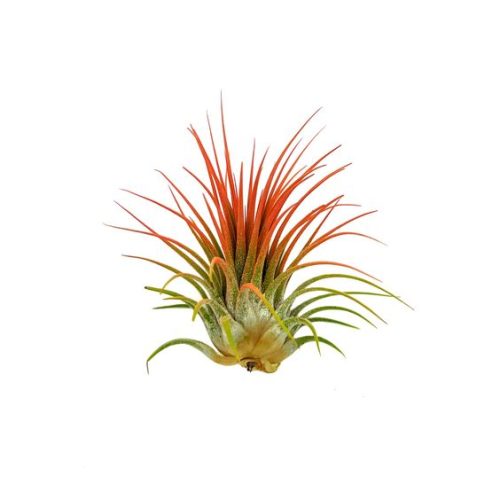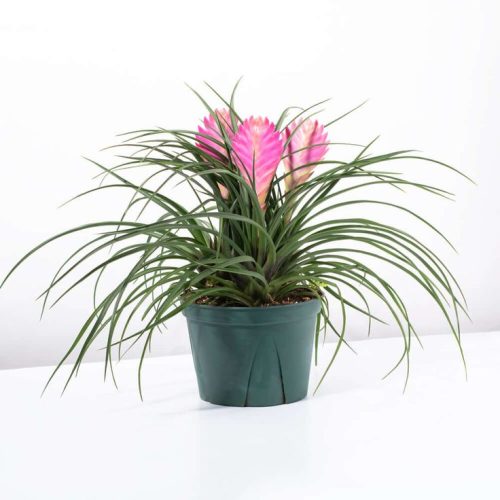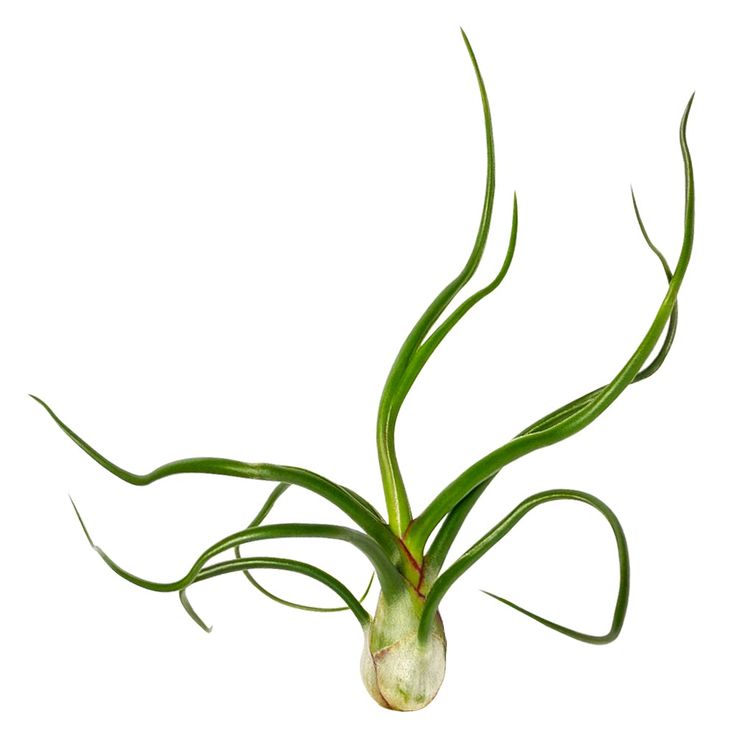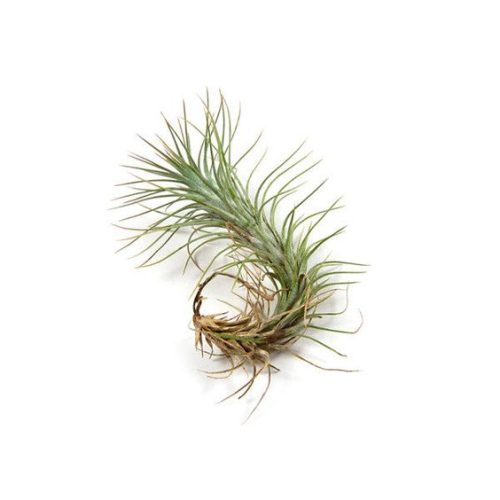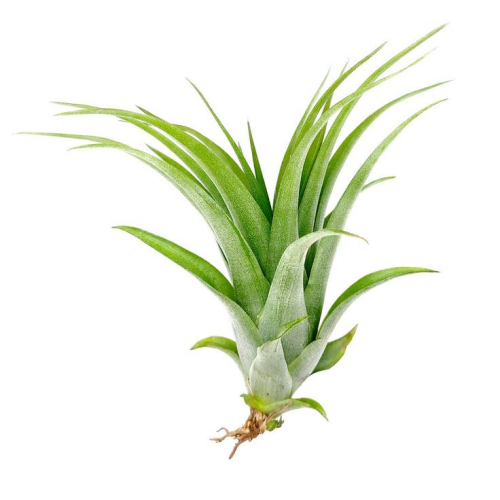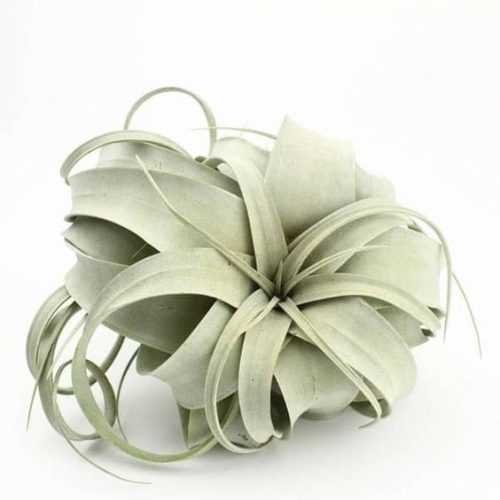Tillandsia Andreana
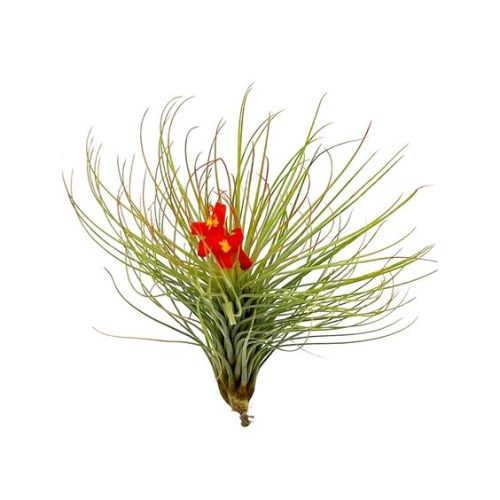
- Botanical Name: Tillandsia andreana E.Morren ex André
- Family Name: Bromeliaceae
- Stems: 8-11 Inch
- Temperature: 8°C-27°C
- Others: Drought-tolerant, adaptable, slow-growing.
Overview
Product Description
Airborne Aristocracy: The Tillandsia Andreana‘s Triumph in Terrariums and Beyond
Embracing the Majesty of Tillandsia Andreana: The Ultimate Care Guide
Tillandsia Andreana, scientifically known as Tillandsia andreana E. Morren ex André, belongs to the Bromeliaceae family. This unique air plant is native to the high-altitude regions of Colombia and Venezuela, typically growing on rocks and cliffs at altitudes of 800 to 1500 meters, demonstrating its ability to adapt to extreme environments.
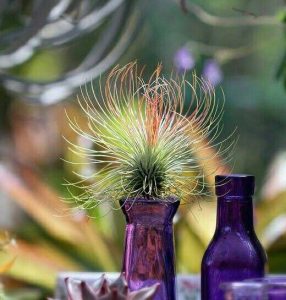
Tillandsia Andreana
Light and Environment
Tillandsia Andreana, this elegant air plant, has specific requirements for light. It thrives in bright light and should be placed close to a window to ensure it captures sufficient sunlight. Under these lighting conditions, Tillandsia Andreana can display its best color and form.
Water Management
In terms of water management, It prefers a dry environment but also requires moderate moisture to maintain its vitality. During the growing season (April to October), it is recommended to water the plant twice a week to ensure it gets enough moisture; during the dormant period (winter), water it at least once a week to meet its basic growth needs.
Temperature and Humidity
It has certain requirements for temperature, adapting to a range of 50-90 degrees Fahrenheit (about 10-32 degrees Celsius). Additionally, although it prefers dryness, in dry indoor environments, appropriate misting or increasing humidity can help the plant grow better and maintain its health.
Pruning and Dormancy
When caring for Tillandsia Andreana, timely pruning and management of the dormancy period are equally important. In early spring, trim dead leaves to promote new growth and maintain good ventilation. During the cold winter, the plant may enter a dormant state, at which time watering frequency should be reduced to adapt to its naturally slowed growth. With these meticulous care measures, it can thrive in various environments.
Tillandsia Andreana: The Majestic Air Plant
Overview of Morphological Characteristics
Tillandsia Andreana, also known as Andreana Air Plant, is a type of bromeliad from the Bromeliaceae family. It has a compact, nearly spherical growth habit, reaching up to about 10 centimeters in diameter. This plant stands out among air plants due to its unique morphological features.
Leaf and Flower Characteristics
The leaves of Tillandsia Andreana are linear, pointed at the tip, and arranged in a spiral pattern, typically not exceeding 5 centimeters in length. The leaves are green and covered with silvery scales, giving the plant a yellowish-green hue under bright light. The flowers are bright orange-red, usually blooming 1 to 2 at the end, with petals that are upright and slightly inwardly curved at the tips, reaching up to 44 millimeters in length and exhibiting a slight asymmetry.
Growth and Epiphyte Characteristics
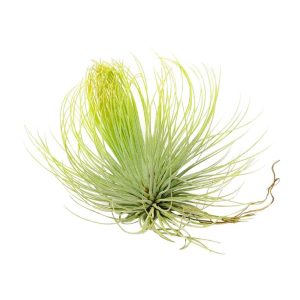
Tillandsia Andreana
This plant transitions from a stemless stage to a long-stemmed stage, with distinct triangular-ovate leaf sheaths. The leaves are erect to recurved, linear, and filiform with a width of 1-2 millimeters, strongly keeled on the underside. As an epiphyte, the roots of Tillandsia Andreana primarily serve as anchors, attaching to trees, rocks, or other supports.
Air Plant Royalty: The Tillandsia Andreana’s Reign in Style and Grace
Tillandsia Andreana, known as the “gem of the air,” has won people’s favor with its unique shape and bright flowers. It is not only loved by indoor decorators for its compact and elegant plant type but also favored by gardening enthusiasts and interior designers for its easy maintenance. This air plant not only adds natural beauty to the interior but also enhances the vitality and color of the space, making it a popular choice in modern minimalist home environments.
From indoor decoration to offices and commercial spaces, to being a gift and decoration for special occasions, and as a highlight in horticultural exhibitions. It can display its unique charm with its elegance and dominance in various settings. Whether hung or placed, this plant can save space while bringing a touch of natural color and vitality to the environment.





